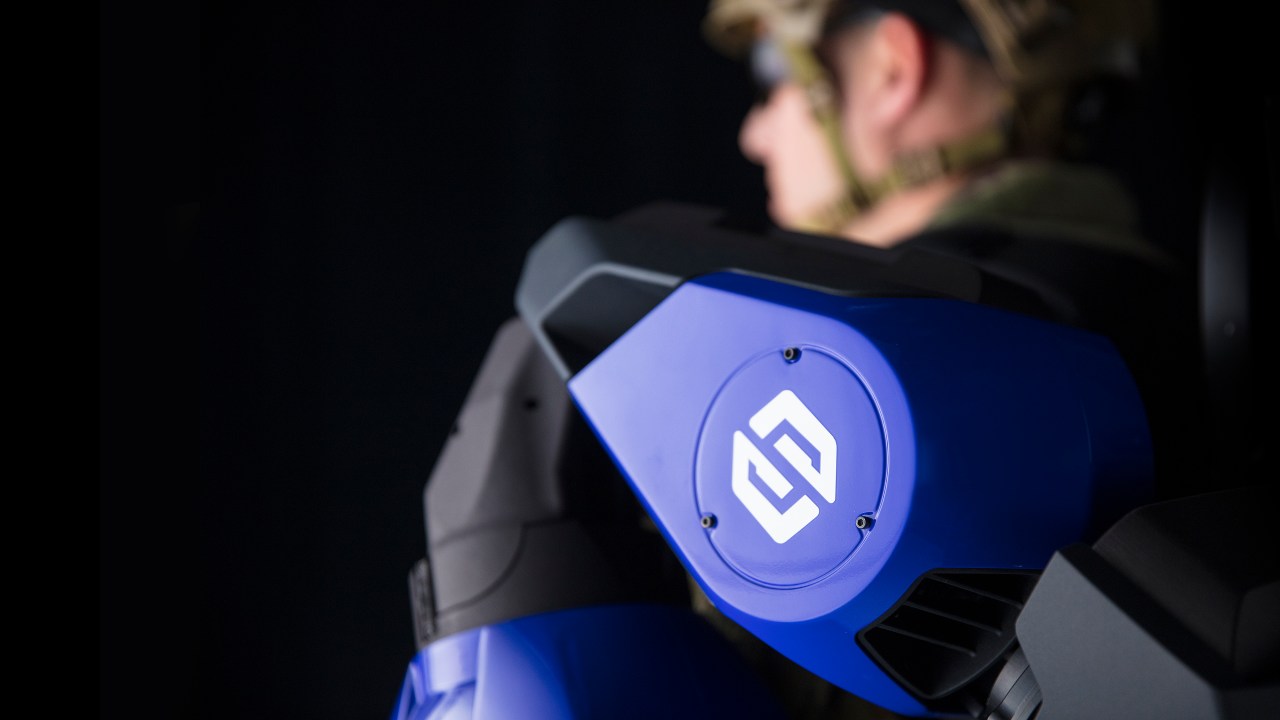The robotics industry is at an exciting junction where futuristic concepts are transforming into practical, real-world applications. While engineers and robotics enthusiasts might revel in their lab creations, the true challenge lies in deploying these robots into everyday environments—an ambitious yet critical endeavor. Modern robots are taking on grueling tasks in hostile settings, such as defusing explosives, inspecting nuclear facilities, and maintaining high-altitude infrastructure. This blog delves into the insights shared at the recent TC Sessions: Robotics event, highlighting the innovations by key industry players Boston Dynamics and Sarcos Technology and Robotics.
The Path of Transition: Engineering to Deployment
One of the crucial themes emerging from conversations with Robert Playter, CEO of Boston Dynamics, and Kiva Allgood, CEO of Sarcos Technology and Robotics, is the logistical metamorphosis from creation to sale. As these companies grow, they must overcome significant hurdles to ensure their robots not only work in isolated laboratories but also excel in real-world scenarios.
- Scaling Teams: Playter notes that Boston Dynamics shifted from a 100-person Research and Development (R&D) team to a robust workforce of 500, emphasizing the need for functions beyond mere technology validation, including service, supply chain logistics, and manufacturing.
- Mindset Shift: Allgood articulates the necessity for a mindset change where engineers must balance the joy of innovation with the practicality of launching market-ready products. This transition from R&D to deployment is a complex psychological shift for many involved in the engineering process.
Understanding Customer Needs: Designing for Success
Delivering a successful product means delving into the needs of the end-users and ensuring that robots are tailored to specific applications. Playter emphasizes the importance of creating an out-of-the-box experience that facilitates seamless user interactions.
- From Engineer to Operator: As robots become a staple in various job sectors, the role of human workers evolves from direct interaction to operating and managing robotic fleets, effectively changing the industry landscape.
- Focus on Diagnostics: For robots to succeed outside of their labs, Allgood insists on the necessity for robust diagnostic tools and a well-documented support system that empowers customers to troubleshoot issues independently.
Robots in High-Risk Tasks: Reducing Human Danger
Intriguingly, both companies are targeting applications where human safety is paramount. Allgood shed light on tasks like tree trimming near electrical lines and aircraft operations during severe weather, where deploying robots significantly reduces risks to human workers.
- Utility Applications: Boston Dynamics’ Spot robot demonstrates its versatility in hazardous environments, such as measuring radiation levels in nuclear facilities or inspecting chemical and biological threats. Notably, Ontario Power Generation has leveraged Spot in high-voltage scenarios where accidents could be deadly.
- Critical Intervention: By using robots to tackle dangerous tasks, companies can enhance safety protocols while retaining efficiency. Workers can now focus on overseeing robotic operations rather than exposing themselves to perilous situations.
The Evolution of Business Models
Both leaders also acknowledged the transformative impact of strategic business evolution on their operations. For Boston Dynamics, establishing own manufacturing facilities not only streamlines production but also forecasts a future where they can meet elevated demand and produce thousands of robots annually.
- Leadership Challenges: Allgood highlighted the need to restructure leadership roles to meet the demands of a market-driven approach. With a stronger focus on supply chain and production, the corporate culture evolves to adapt to modern requirements.
- Accountability in Innovation: As products mature, leadership teams must continuously redefine their strategies, ensuring that innovation aligns with the realities of market expectations.
Conclusion: A Future Driven by Robotics
The journey from laboratory creation to real-world implementation is challenging yet rewarding. The discussions highlighted at TC Sessions: Robotics paint a promising picture of the future, where robotics empower industries and enhance safety. As the technology matures, its applications will broaden, ultimately simplifying routine tasks and protecting lives.
At fxis.ai, we believe that such advancements are crucial for the future of AI, as they enable more comprehensive and effective solutions. Our team is continually exploring new methodologies to push the envelope in artificial intelligence, ensuring that our clients benefit from the latest technological innovations.
For more insights, updates, or to collaborate on AI development projects, stay connected with fxis.ai.

